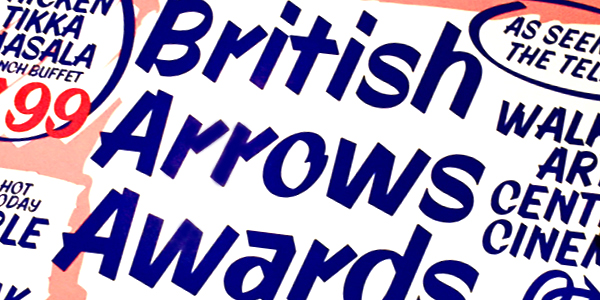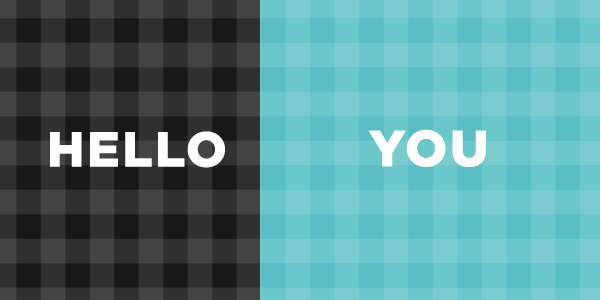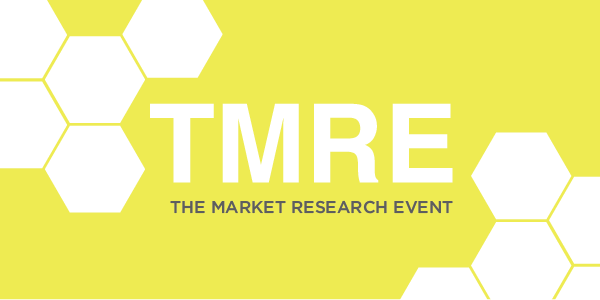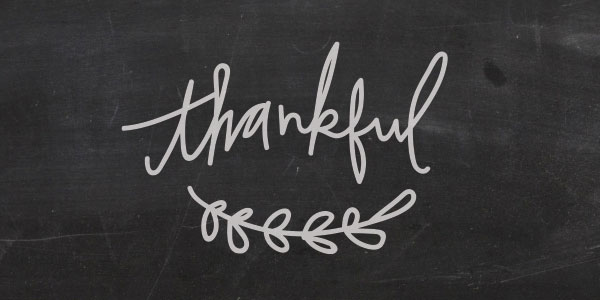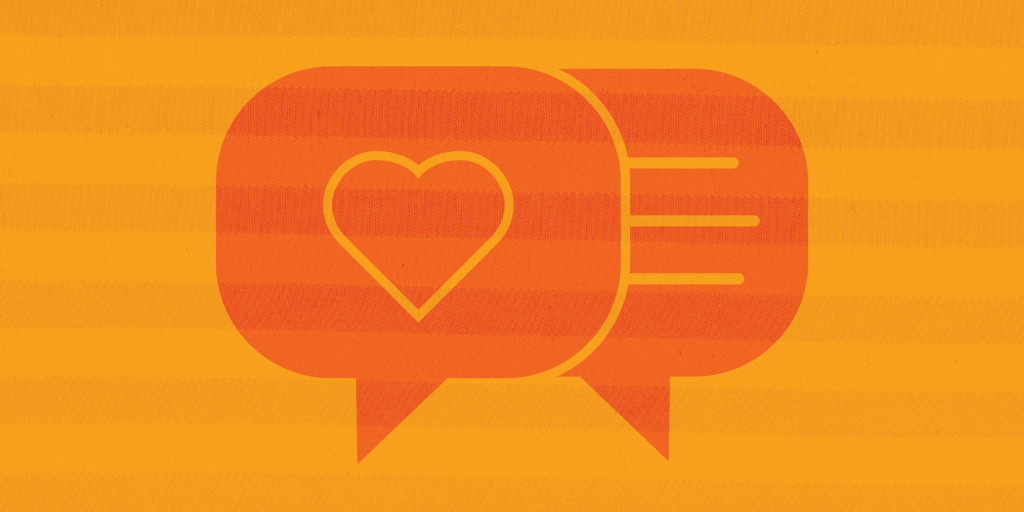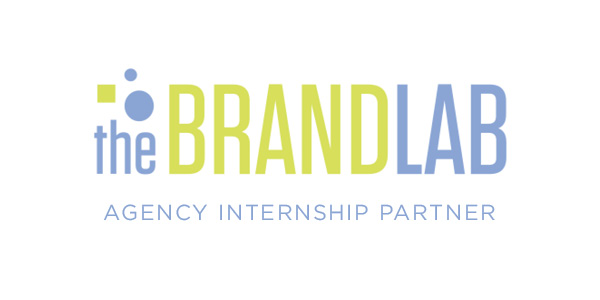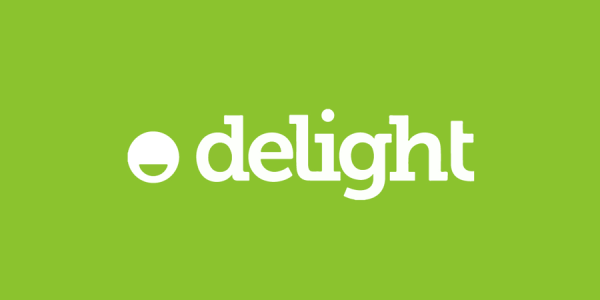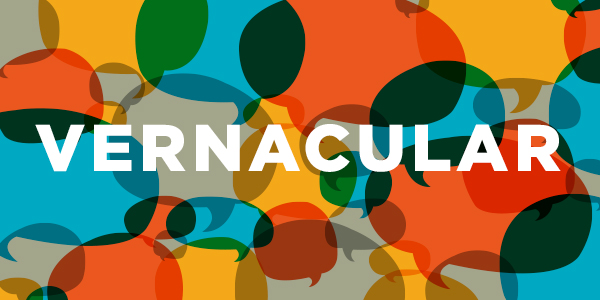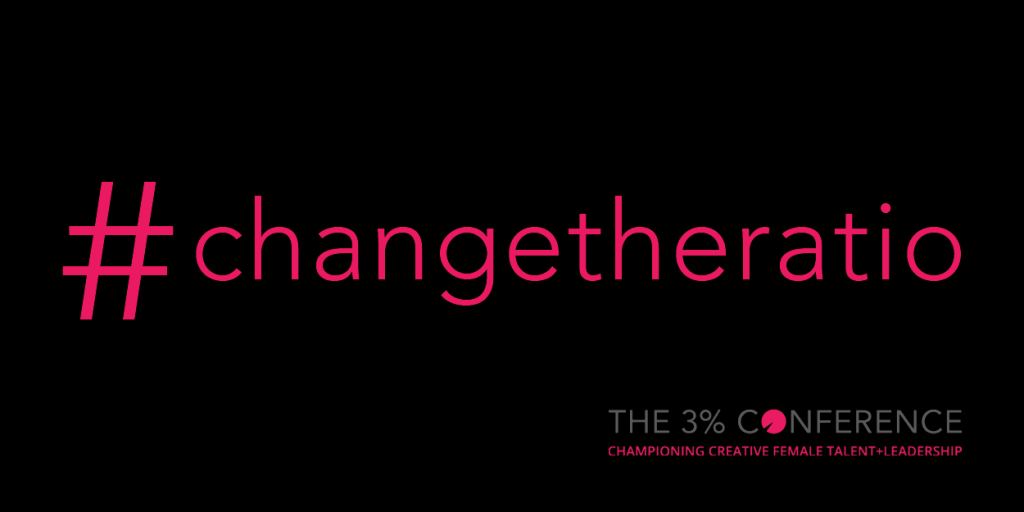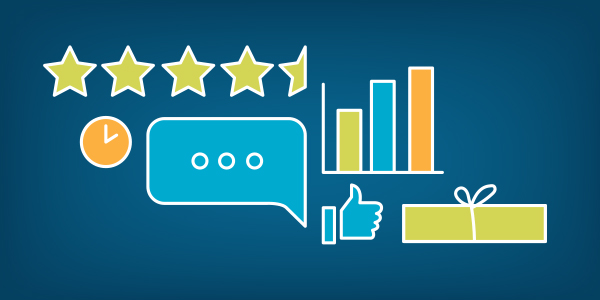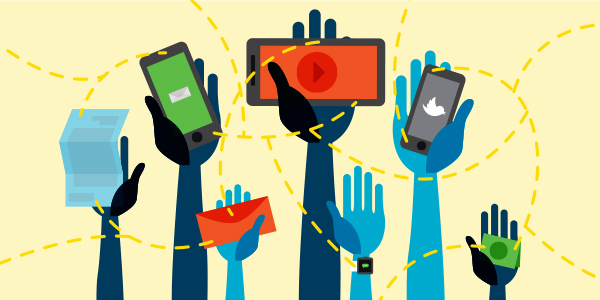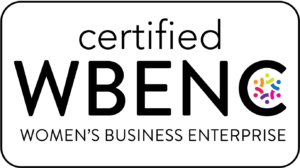Have you ever seen children search for their names on toy license plates or pens at a souvenir shop? There’s a sense of joy that comes with seeing our names in print — and it’s not just for kids. Many of us also experience a sense of surprise and delight as adults, when our favorite brands use personal information to make our experiences and interactions more relevant.
Over the years, we’ve been tracking the rise of personalized, multi-channel communication and exploring its impact and effect upon consumers. From our favorite retail stores to banks, restaurants, car companies and more, businesses are tailoring their communication to better suit our needs, enrich our brand experience and grow their knowledge of us as their customer. By using personalized marketing, they’re creating a dialogue, rather than a one-way conversation, with their target audience.
Brands That Are Succeeding with Personalization
Possibly the most recognized personalized marketing effort recently was the “Share a Coke” campaign, when Coca-Cola customized its classic soda cans with people’s names in place of the Coke logo. It generated international awareness, inspiring people to search store shelves for cans featuring their name or the names of people they knew. The campaign was a number one global trending topic in July 2014, with nearly 700,000 posts across all social platforms. To connect the social media world, Coca-Cola created the #ShareaCoke hashtag where people could share their stories and photos for the chance to be featured on interactive Coca-Cola billboards across the country and online. In its second year, Coke and Mediacom teamed up to expand this concept into “The World’s First Fully Personalized TV Campaign” — a video-on-demand campaign that surprised 4 million viewers with their very own personalized digital TV ads in their homes. Both waves of this campaign were extremely successful: campaign awareness was 17% higher than previous benchmarks, ad recall was 71%, purchase intent increased 24% and social reach of #ShareaCoke peaked at 11 million. Overall, Coke attributed a 2.5% gain in sales, following a decade-long decline.
In an effort to better target Millennials, Macy’s generated a campaign using personal URLs (PURLs) aimed at college students. Each PURL housed information from peer style experts and trendsetters that the students knew and respected, creating a unique online experience where brand participation and engagement was trusted and valued.
Personalization & Customer Retention
It’s clear that personalization can yield huge lift for marketers — in fact, 94% of companies agree that personalization “is critical to current and future success.” However, while many marketers are highly focused on achieving greater customer acquisition, data reveals that customer retention and conversion often yield a much higher ROI:
- Increasing customer retention rates by just 5% increases profits by 25% – 95%. (Bain & Co)
- Attracting a new customer costs five times as much as keeping an existing one. (Lee Resources 2010)
- Globally, the average value of a lost customer is $243. (Kissmetrics)
- 71% of consumers have ended their relationship with a company due to poor customer service. (Kissmetrics)
- The probability of selling to an existing customer is 60-70%, while the probability of selling to a new prospect is 5-20%. (Marketing Metrics)
- 82% of companies agree that retention is in fact cheaper than acquisition. (eConsultancy’s Cross-Channel Marketing Report)
The New Frontier — Personalized Video
Video is the latest tactic to hit the personalized airwave and is already yielding great results. Personal videos are less invasive and more effective than traditional video, and with Cisco reporting that video will make up 80-90% of digital consumer traffic by 2018, they have the potential to reach more consumers than ever before. Marketers using this tactic are already seeing a better ROI — they can earn up to 10 times the engagement, according to Forrester.
While video is more expensive than other tools such as email and direct mail, its effectiveness may still make it the next must-have for content marketers.
The Key Takeaway
Personalization can play a key role in increasing profitability by engaging current customers. When people feel valued and receive a unique experience from a brand, they are far more likely to spend their hard-earned dollars, not only on repeat purchases but also on entirely new items/experiences. The key is to take your consumers on a journey and use their information intelligently and creatively. Stay tuned for part two, where we’ll discuss the fine line between creating a unique customized experience and invading consumers’ privacy.
